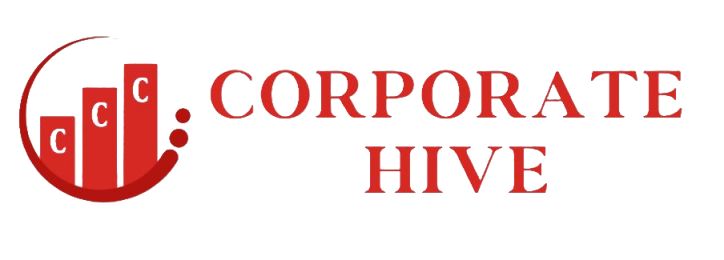The savvy investor’s path to buy-ps5-liquidation-pallets riches is no longer paved with generic flip houses and over-saturated multifamily units. In 2024, the boldest deals are found by looking where others aren’t—in unconventional property types that defy traditional categorization. With housing inventory remaining tight, a recent study by the National Association of Realtors shows a 12% year-over-year increase in investor interest for non-residential and specialty assets. The new frontier of wholesale isn’t about finding a slightly discounted property; it’s about identifying and controlling an asset that others fail to even recognize as an opportunity.
The Unconventional Inventory Goldmine
Traditional wholesalers compete in a crowded arena, driving down margins. The true arbitrage exists in properties that require a creative vision. These are not merely “fixer-uppers”; they are “purpose-changers.” Think of vacant churches, defunct motels, outdated medical offices, or even large, single-family homes on commercially zoned land. The initial lack of clarity around their highest and best use scares away the competition, creating a significant pricing advantage for the wholesaler who can connect the dots between the current state and future potential.
- Vacant Religious Buildings: Can be converted into stunning residential lofts, event spaces, or unique daycare centers.
- Old Motels: Prime candidates for conversion into affordable housing units or specialized workforce lodging.
- Outdated Retail “Pads”: Ideal for conversion into last-mile logistics hubs or veterinary clinics.
Case Study: The Motel-to-Micro-Apartment Pivot
An investor in Arizona identified a 30-unit motel from the 1960s on a major bus route, languishing on the market. The property was shunned by hotel operators and traditional landlords alike. The wholesaler, however, saw past the outdated shag carpeting. They secured the property under contract for $750,000 and immediately began marketing it not as a motel, but as a portfolio of 30 furnished micro-apartments for essential workers. They provided potential buyers with a detailed proforma showing the potential for 12%+ CAP rates. The contract was assigned to a developer for a $95,000 wholesale fee, as the new buyer saw the clear path to providing a critical housing solution.
Case Study: The Church Conversion Connection
A beautiful but decommissioned church in a transitioning neighborhood had been for sale for over two years. Its unique structure made it a difficult sell. A creative wholesaler saw its potential as a high-end, private residence for a specific type of buyer seeking a unique live-work space. They focused their marketing on architects, artists, and boutique daycare operators, highlighting the property’s soaring ceilings and open floor plan. By reframing the property’s narrative from “obsolete church” to “architectural masterpiece,” they attracted a cash buyer from outside the state, assigning the contract for a $60,000 fee and unlocking value everyone else had missed.
Mastering the Bold Deal Mindset
Uncovering these bold deals requires a shift from a transactional mindset to a visionary one. It involves deep research into zoning laws, understanding demographic shifts, and networking with end-users who operate outside the traditional home-buying sphere. Your buyer’s list should expand to include developers, business owners, and non-profit organizations. The most successful wholesalers of the current market are not just deal-finders; they are storytellers and problem-solvers who create opportunities by seeing the latent potential in the most overlooked corners of the real estate world.
